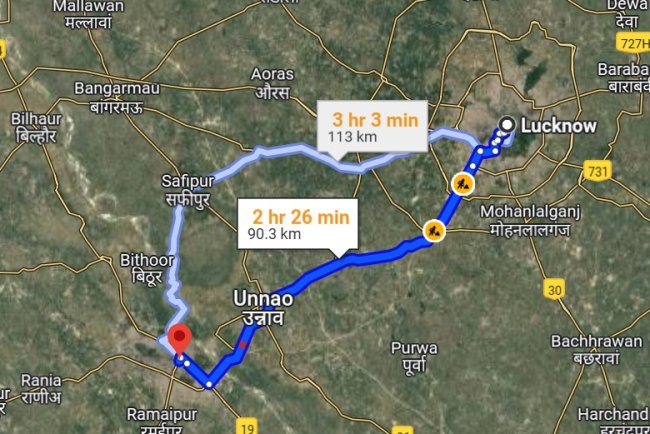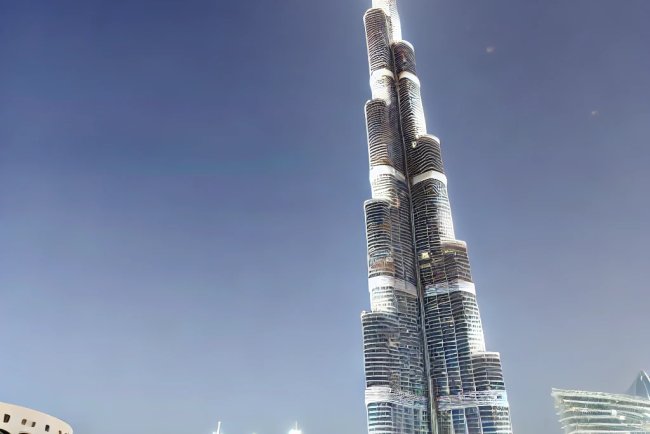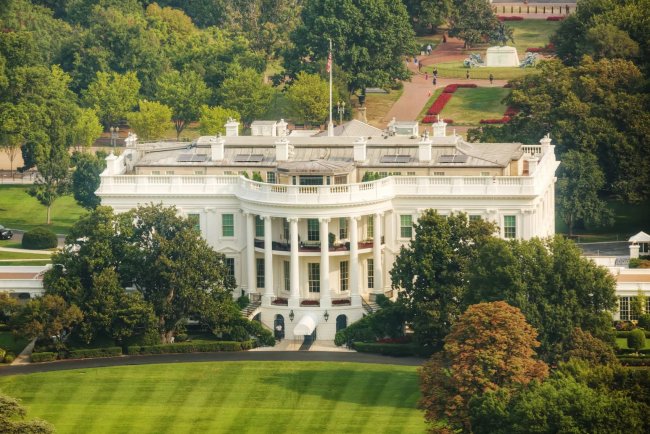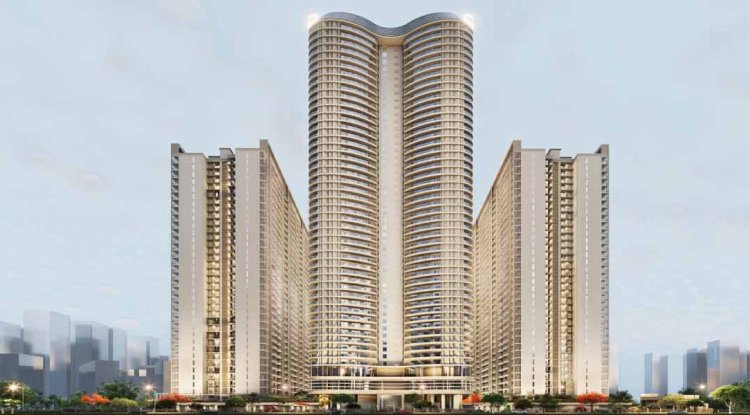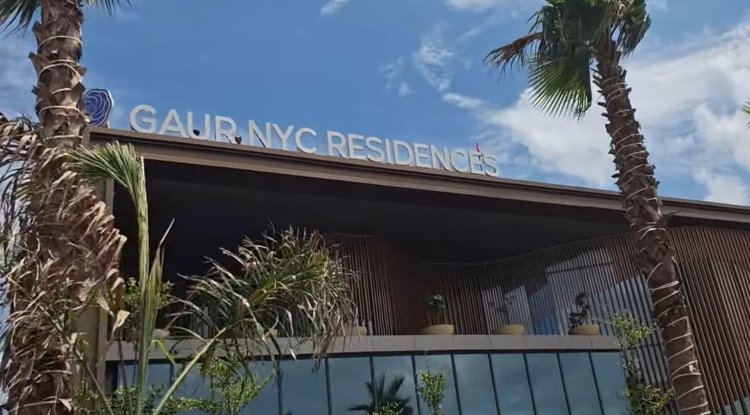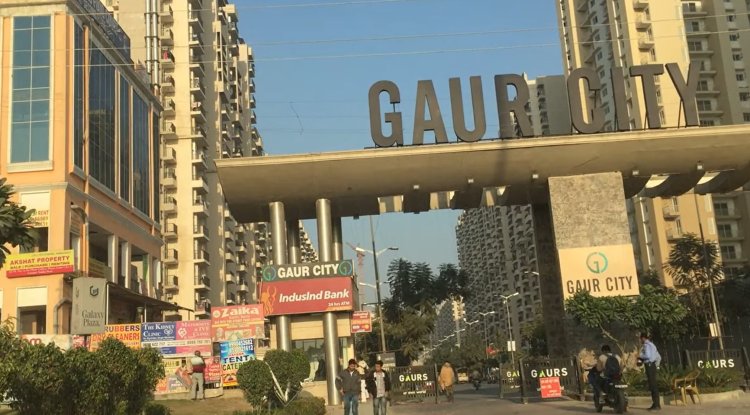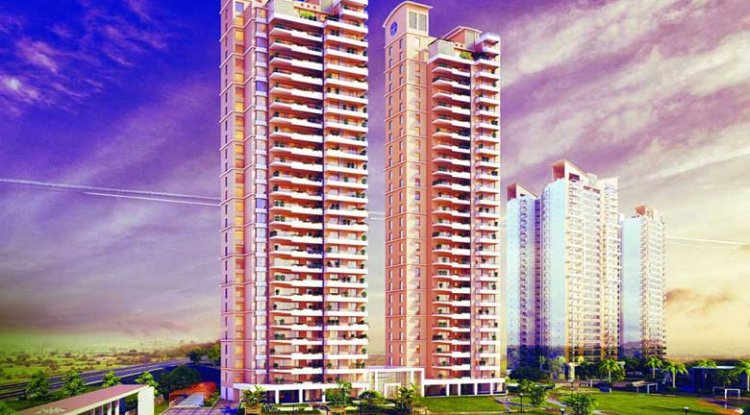Delhi-Dehradun Expressway is one of the most beautiful and eco-friendly highways at certain stretches. It makes you feel in awe with driving pleasure as the road is smooth as silk with multiple entry and exit points. It connects with multiple cities and thus makes it easier for those who reside near these cities. The Delhi-Dehradun Expressway connects many places like Baghpat, Saharanpur, Shamli and Ghaziabad. The project is from Akshardham in Delhi to Dehradun in Uttarakhand which is one of the most prolific states of India. It has a natural beauty that gives the people a way to understand the nature. The project area has beautiful forest trails and many underpasses for the forest animals which is one of the first of its kind. It makes a mesmerizing trip for the kids at your home and a great place to visit during vacations. All the cities on this route except Delhi-NCR (full of concrete construction) have beautiful greenery. The National Highway Authority of India (NHAI) fulfil people's expectations from the two states and the national capital region. It makes the easiest traffic reach and with highway construction commerce and business get the biggest benefits with flourishing trade.
NHAI is Creating Amazing Road Networks
National Highway Authority of India is expected to make the first phase of the Delhi-Dehradun Expressway. It connects from Akshardham to Delhi towards Baghpat in Uttar Pradesh. It is operational by end of June 2024. According to the officials, 95% of the work on the stretch are complete. The first two packages of expressway are operational. It reduces travel time between Delhi and Baghpat which is with 2 hours to 20 minutes as per NHAI Official. The section is expected to be ready by March 2024.
Delhi-Dehradun Expressway: Overview
The approval for project comes from national government in the year 2020. On February 26, 2021, India’s minister of Road Transport and highways came to an official inauguration with construction by laying the project’s first stone. NHAI is in charge of the project and is responsible with deciding that which of the companies will get construction contracts. The project comes with an anticipation to cost Rs 13,000 Crore. It is accommodating between 20,000 to 30,000 passengers vehicles daily. It adds with minimum operating speed of 100 km per hour. The project comes with five road over-bridges, 76 km of service roads, and a 110-vehicle underpass. It adds with a collective stretch of 29 km of elevated sections and with 16 entry-exit points all along the Delhi-Dehradun Expressway. The expressway project has been develop with engineering procurement and construction or the EPC Mode. The Delhi-Dehradun Expressway reduces the distance between cities from 235 km to 210 km which is a total of 25 km.
Travel Time Was Cut Short to 2.5 Hours Less Than Vande-Bharat Express
The distance and travel time between Delhi and Dehradun cut short to a travel time of 2.5 hours. In the year 2007 reaching Dehradun from Delhi took almost 6-7 hours and if traffic was at peak then it took more than 9 hours. Even the Janshatabdi Express takes 5:50 hours to complete. The Shatabdi Express takes 5 hours to reach Dehradun from New Delhi. The Delhi-Dehradun Vande Bharat Express takes four hours 45 minutes.
But the Delhi-Dehradun Expressway lets you reach from New Delhi to Dehradun will let you reach the city in just 2.5 hours. It allows you to reach the city in less than half of the travel time hours. The expressway will reduce congestion and open new opportunities with residential and commercial properties all along the expressway. For easy entry and exit the highway will have 7 interchanges and has total number of 60 underpasses. Some of them are animal underpasses and elephant underpasses.
Huge Amount of Rs 13,000 Crore Spent on Construction
The Expressways are being built at a cost of around Rs 13,000 Crore. The 210 km long expressway starts from North Delhi and has important towns and cities through important cities of Delhi. The expressway adds with features like closed toll system and CCTV Surveillance, with wayside amenities at every 25 km. The minimum driving speed that adds with 100 km/hour.
20 km stretch for the highway connects through Raja Ji National Park's eco-sensitive zone. It comes as Asia’s longest wildlife corridor with six lanes. The 12 km gets constructed which includes the 340m Daat Kali Tunnel.
The 340-meter long tunnel near DatKalli temple, Dehradun temple gets reduced with impact on wildlife and it also connects with wildlife and multiple animal passes. It is provided with Ganeshpur-Dehradun section with avoiding any sort of animal-vehicle collisions. The construction of the corridors creates an impact as it adds to huge green corridors being destroyed but replenished again for the development of ecological zones. It is with the beautiful green stretch in state of Uttarakhand.
3 States Going to Benefit From It
Greenfield Expressway project is creating a rough estimation of Rs 12,000 Crore. The Expressway is divided with four phases that commence with construction of Akshardham in Delhi via Shastri Park. It further moves towards Khajuri Khas and has EPE interchange at Khekra in Madola, towards Baghpat. The beautiful Shamli and the agricultural town of Saharanpur, Uttar Pradesh, Dehradun and Uttarakhand. It also comes with adding environment saving features that makes it trouble free.
Expressway Adds With Several Salient Features:
It will shorten travel time from 6 hours to 2.5 hours.
It comes with a minimum speed of 100 km/h and can be maintained while traveling through a corridor.
It connects with closed toll mechanism and approves with allowing toll pay to the extent of the highway used.
It links to major cities of Delhi, UP, Uttarakhand.
Delhi-Dehradun economic corridor that also includes rainwater harvesting system. It is at every 500-meter intervals and comes with approximately 400 water recharge sites.
The corridor includes wildlife-friendly route which connects from Ganeshpur to Dehradun. It connects with 12-km elevated road. It has six animal underpasses and connects with two elephant underpasses, two of the very large bridges. It adds thirteen smaller bridges.
Expressway is with building VUP or Vehicular Under Passes, LVUP or Light Vehicular Under Passes, SVUP or Small vehicular underpasses. It has 5 ROB’s, 62 bus shelters, 4 major bridges.
In addition with 76 km service road and with 29 km elevated road, 16 of the entry and exit points are also constructed.
To connect the holy city of Haridwar to the route, it adds with 51 km 6 lane Greenfield road being built at cost of Rs 2095 Crore.
Delhi-Dehradun Expressway adds many environment-friendly features. It adds with covering 12 km, and also offers animal free movement. The 340-meter-long tunnel near Dehradun’s Daat Kali Shrine adds to decreasing any harmful impact on wildlife.
To reduce any animal-vehicle conflict the various animal passages are created within Ganeshpur-Dehradun segment.
The development of the corridor is expected to boost with overall economy within this region.
The project provides seamless connectivity with decreasing logistics costs. It facilitates with larger connection with economic development and consumption centres.
It adds with generating ample employment opportunities that are both direct and indirect.
The project has corridor’s construction that spur tourism growth all along the way to Haridwar, Rishikesh and Laxmanjhula. It connects with major tourist destination that adds with overall state developments with project-covered territories.
It gives you Asia’s largest wildlife corridor which makes it one of the first in India. It shows the respect and privacy allowed to animals without killing them for fun or other wrong reasons.





